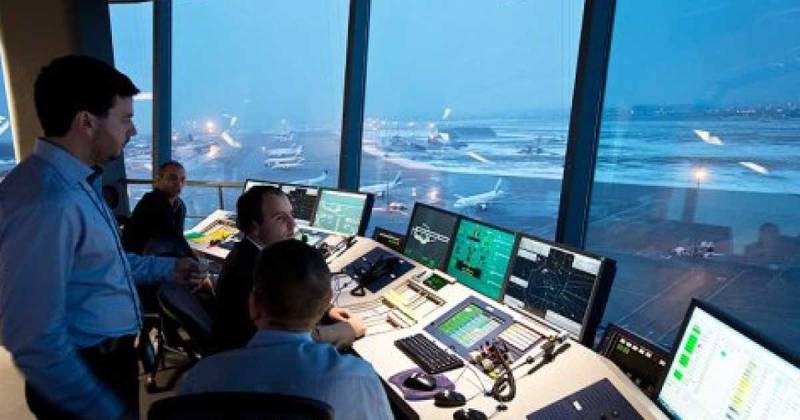Restructuring CAA

Stay tuned with 24 News HD Android App

The recent PIA accident was attributed to errors by the pilot and the Air Traffic Controller. However, an Air accident invariably has hidden contributory factors which must be looked into to avoid future mishaps.
As we learn now, there were reportedly a large number of pilots with suspected licenses. That meant lack of diligence on the part of the licensing authority i.e. CAA (and obvious lack of follow-up scrutiny by PIA). More often than not organizational Lucanae are the hidden reasons for the mishaps.
I shall confine myself to CAA’s organizational structure as I was associated with it (as the First Director-General – ‘82 to ‘86). I believe the present structure of CAA’s has become too large to be efficiently handled by a single entity. A brief look at CAA’s past history would help to understand the proposed restructuring of CAA.
The Civil Aviation functioned as an attached department of ministry for 35 years since independence. It failed to cope with the rapidly advancing Aviation Industry, which required hands-on management, timely decisions and prompt actions. It was therefore decided to create an autonomous body – “with a minimum of Bureaucratic control”. I, as a serving Air Marshal, was deputed as the first Director General (DG) of the newly created Civil Aviation Authority (CAA) from Dec ’82 – Dec ’86.
With the authority provided, the CAA made rapid progress. One of its main functions was and continues to be the management of the Airports. Then existing 22 airports were expanded and modernized and 17 new airports were added – all through CAA’s own earned revenue. Thus connecting even the remotest areas by an “Air Bridge” so to speak. Additionally, a Master plan for three new major Airports at Karachi, Lahore, and Islamabad was prepared by world-renowned consultants (All those have since been built – though belatedly).
Another of its major functions is Air traffic control of all civil aircraft plying in Pakistan Airspace. The entire system was modernized with the help provided by the Swedish Govt. ($ 4 million grant) in designing the system while the French Govt. provided a soft-loan (at 2.5% over 27 years) for and automatic Radar Controlled System – first in the region. It not only added hugely to safe Air environments but also resulted in a substantial increase in revenue from overhead transiting flights, which increased manifolds due to an automated system.
The regulatory functions too were given a boost. The most senior PIA pilot was employed by CAA to regularly check pilots, both in–flight and on simulators, to issue/renew pilot licenses. Qualified Aero-medical staff regularly checked the pilot’s health while the competent engineering staff checked Aircraft Airworthiness on a regular basis.
A state-of-the-Art Civil Aviation training institution was established at Hyderabad by the river Indus, with the help of UNDP ($ 6 million grant) which has now become a regional training institution. For the first time, female Air traffic controllers were successfully inducted and a female pilot employed on CAA’s calibration Aircraft (she later join PIA).
Finally, the revenue, which was barely 18 Crores at the time of establishing the CAA, has been increased by 500% (during the first four years). Reportedly, CAA’s revenue has now reached Billions.
The time has come to further restructure CAA. Firstly it has become too huge to be managed effectively by one entity. Secondly, the DG presently wears two hats: Management of Air traffic control and regulatory responsibilities, which constitute sovereign functions, while management of Airports is mainly a commercial function – each requiring a different kind of mindset and expertise.
Most of the countries around the world have already bifurcated these two major functions. In The USA, the Air traffic control and the regulatory functions are managed by the FAA (Federal Aviation Administration) while Airports are managed by counties/privately. In India, the DG CAA looks after Air traffic control and regulatory functions while “Indian Airport Authority” manages all the airports.
We too must separate the two functions. The DG CAA should only look after Air Traffic control and regulatory functions, which are in the sovereign domain. While for the management of Airports a separate entity called “Pakistan Airports Authority” be created as an Autonomous public sector corporation (like PIA) to maximize commercial Activity.
The Airport Authority must deal with all the Airports as a single entity. Firstly, because the majority of our smaller airports are loss-making. They are subsidized from the earning of profitable major airports. Secondly, most of the Airports are joint user Airports – used by civil as well as Air force. The PAF would prefer to deal with one entity to ensure the security aspect.
Both CAA and Airport Authority would be self-sufficient – earning enough revenue. The former earning through Air traffic services and the latter earning through commercial usage of the Airports.
Last, but certainly not the least, duly qualified & competent persons must head the two entities. The DG CAA preferably should be a serving or retired Air Marshal since Air traffic control is very much akin to Air Defense of the air space by Pakistan Air Force (both in peace and war). The MD Airport should be a duly qualified person with commercial experience & background. Above all, the tenures of DG CAA and MD Air Port Authority should normally be allowed to be completed. Repeated replacements undermine continuity & efficiency.
(The authors were first DG CAA. He was given “Lifetime Achievement Award” for services rendered to CAA).
